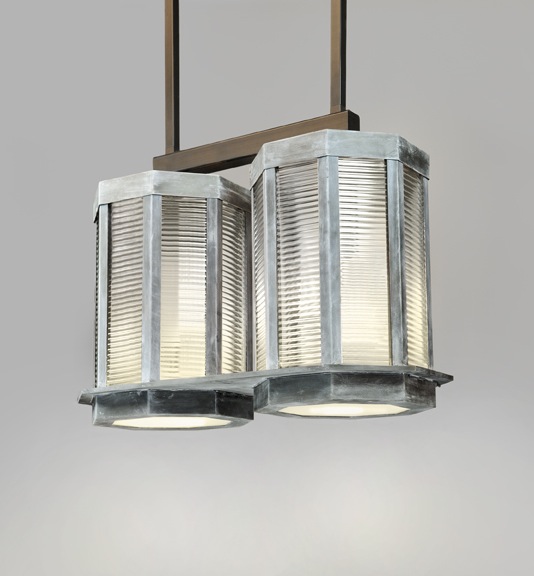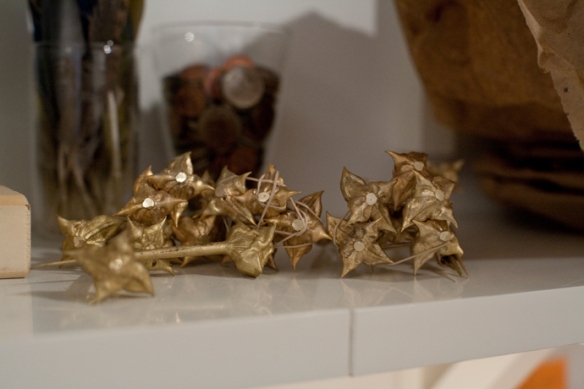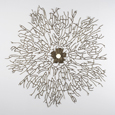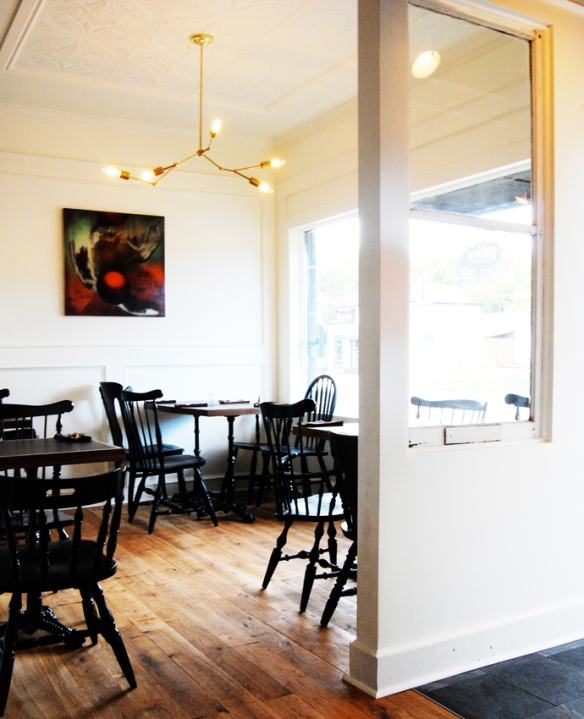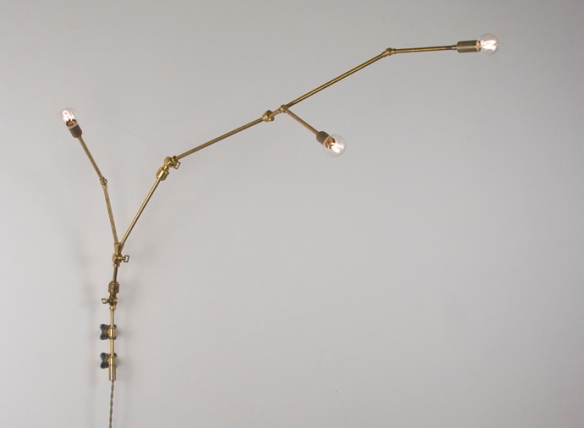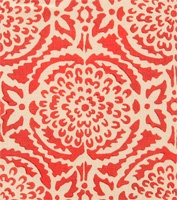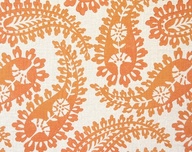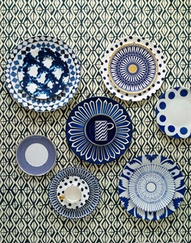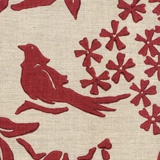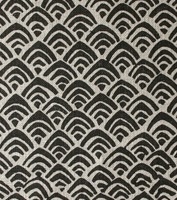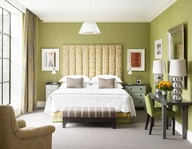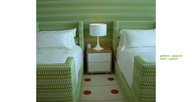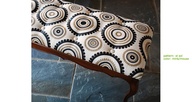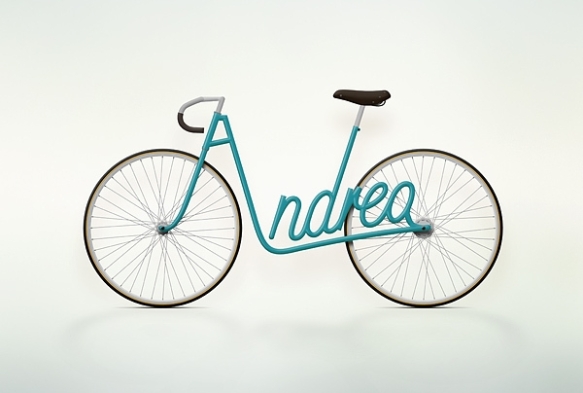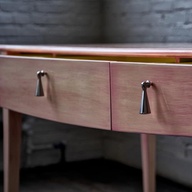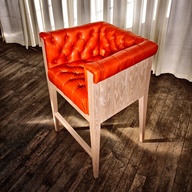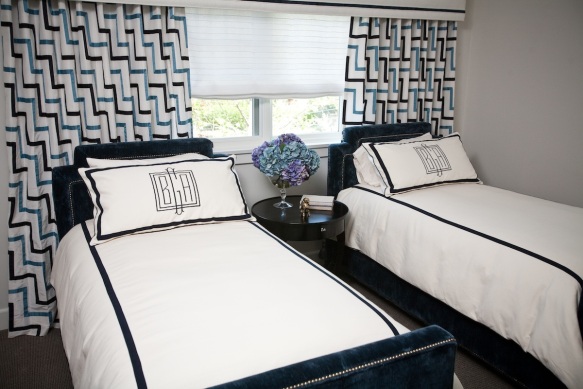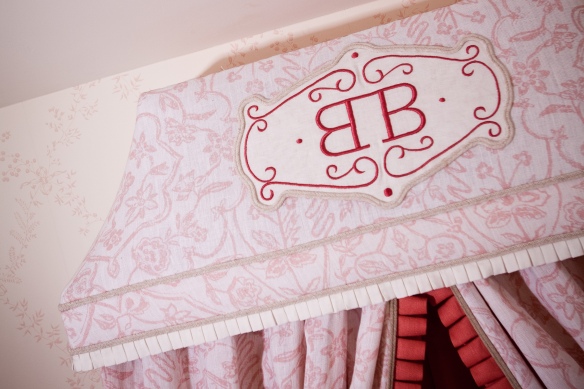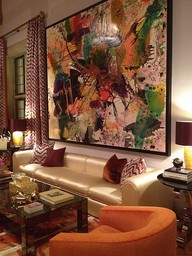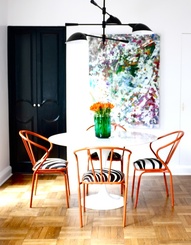“We live with way too harsh of a lighting system in our homes,” the “doctor” recently told me. Kyle, who has worked in interior design for some 40 years and was based in San Francisco, Vancouver and Toronto before moving south, is sharing those thoughts and others this month at High Point Market (April 21-26) in High Point, N.C. Kyle’s “Power of Color & Light Working Together” seminar helps attendees narrow down the selection of colors in a home and then discusses how to properly illuminate the spaces.
As past national chairman of the board of the Interior Design Society (IDS) and vice president of networking for Women in the Home Industry Today (WITHIT), Kyle has much to offer.

Margi Kyle, “The Designing Doctor”
Here, the good “doctor” sheds light for Doodle Home members on ways to illuminate interior spaces:
Q: What type of lighting should every room have?
A: There are three levels of lighting that every room needs. First, consider, say, an overhead light, like a fan with a light on it, which I try to turn off as fast as I can. That overhead light is just for getting into a space – anytime you have lighting from above, it causes stress so I try to turn that off quickly.
Then you need task lighting, which are lamps and pendants, etc. for reading, crafts, writing, etc. And finally there is atmosphere or mood lighting, which comes from below and shines up. And don’t forget about unusual lighting, like rope lighting for the outdoors or a porch, candles and more.
Q: How do you get it just right?
A: Play with it. Get different looks and feels. When it seems just right, keep it. When I do a house, I’ll go in with different types of bulbs, lamps, etc. and play with the effects until we’ve reached the best for the client.
Q: How do you feel about LED (Light-Emitting Diode) lights?
A: Designers are freaking out about the new LED lights. I absolutely love them. I switched my whole house to LED, which provides triple the light and less wattage, less energy. It’s cleaner lighting; you can see better and you don’t get that yellow glow, which in my house looks ridiculous.
Q: Do you have any unusual lighting in your home?
A: I’ve got rope lighting in my laundry room. It’s fun and creates a super-cool ambiance.
Here, we flick the switch on some of our favorite lights:

Photo Credit: Bronson Pate of Bauman Photographers
SHIP SHAPE “I try to look for great stories in lighting,” says designer Andrea May of California-based Hunter/Gatherer. “My passion is ‘slow luxe design’ – inheritable design, which is mindfully choosing high-quality, handcrafted and vintage pieces with a story. I can’t think of an area where that is more important than lighting.” For about 40 years, this chandelier sat over the bar at an elegant seafood restaurant that May and her family would frequent for special occasions. “My 20-year-old son, from the time he was a very small boy, loved to look at the ship,” May recalls. About 13 years ago, the designer noticed the restaurant had undergone renovations and the ship was gone. “I asked the manager what had happened to the chandelier and he told me to call someone at a warehouse.” Long story short, a week later, May was the proud owner of a beautiful 1940s French ship chandelier.
Recently, the chandelier went into this kitchen cupola, which is papered in gold Threads Raindrops wall covering. (“It looks like tiny champagne bubbles drifting up from the ship.”) For contrast, May partnered the ship with more modern lighting from The Urban Electric Company over the sink and across the kitchen over the banquette (not shown). “These lights are handcrafted, timeless and made in America, which are the things I look for in new lighting.”

Photo Credit: Grey Crawford
BRANCHING OUT Lighting makes for interesting focal points in this room, designed by Elizabeth Gordon of Elizabeth Gordon Studio in California. “The hanging fixture was a custom faux bois piece that I designed to add an organic element, in lieu of a more traditional chandelier,” explains Gordon. Her goal was to tie the lighting in with the cool-green palette and woods-inspired wallpaper. “It’s a wonderful tongue-in-cheek take on what a light source would look like if it were made from tree branches,” she says. The lamps on the sideboard are vintage ceramic pieces that Gordon found locally. She paired them with new custom linen shades. “Their color and classic urn shape added enough of a classic traditional touch to keep the room truly transitional in style.”

Photo Credit: Alexia Fodere
SOME SIXTIES SASS The artichoke Murano glass chandelier in this room was created in the 1960s, explains Ivonne Ronderos, owner of DKOR Interiors in North Miami, Fla. “We wanted to balance the space,” Ronderos says. The dining table is a midcentury modern piece refurbished with brass. “We didn’t want anything with metal on top; that way we could keep the balance.” As for the ceiling, Ronderos says that if it were all white, the glass in the fixture and beyond would not be as appreciated as they are with the special papered backdrop.

Photo Credit: Lesley Anton
ORIGINAL ORGANIC Ceramic artist and designer Lesley Anton is inspired by many sources – the natural world, architecture, the human form, and machinery. Her lighting designs are a surprising and intriguing addition to any interior. Take, for example, this barnacle pendant, a departure from her traditional table and floor lamps. “The pendant elevates our ceramic forms to new heights,” says Anton. A cluster of peaceful, organic forms hovering in the atmosphere, the light’s design features a sea green glaze on the interior with an unglazed exterior. “It’s wheel-thrown porcelain with satin nickel hardware,” adds Anton.

SMOOTH IN SILVER This table lamp from the Allegretto collection by Fine Art Lamps comes in a platinized silver-leaf finish and features subtle brown highlights. Its white textured linen shade adds a polished touch.

A NEW LEAF A wrought iron, lighthearted sconce with delicate twigs and leaves adds character to interiors. From Currey & Company, the Tivoli Wall Sconce can be hard-wired or plugged in.

KING OF THE LIVING ROOM Not just for Leos, this 20-inch-high Barbara Cosgrove lamp with a lion’s head evokes a regal feel, thanks to the intriguing resin sculpture.
Megan Swoyer is a Midwest-based lifestyle editor and writer whose work appears in Michigan Blue magazine, Sherwin-Williams’ swstir.com, Detroit Home magazine, Country’s Best Cabins magazine, Shore magazine, patch.com and other print and online publications.



